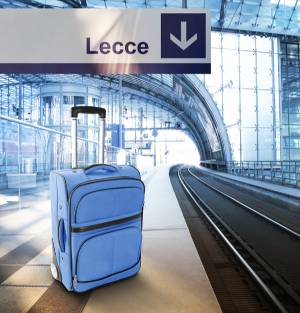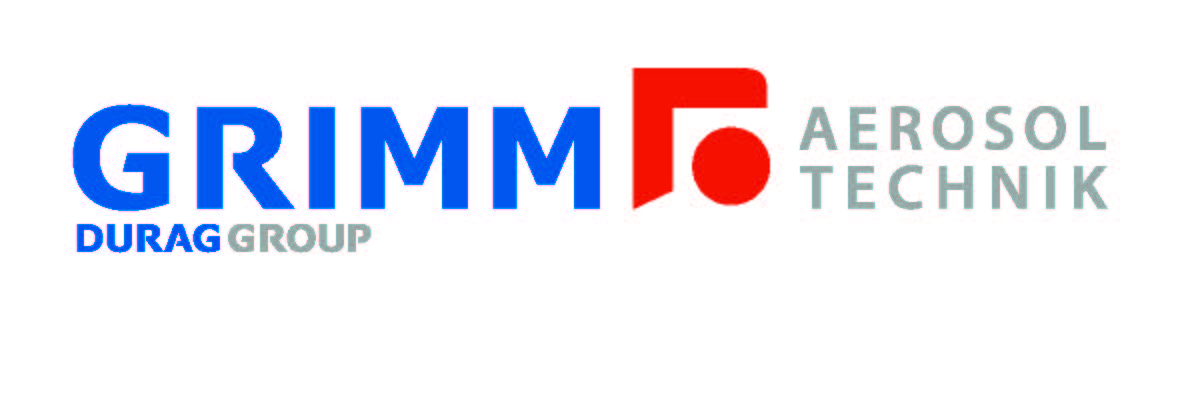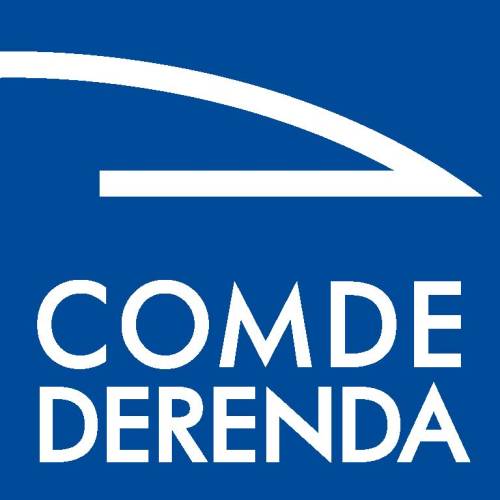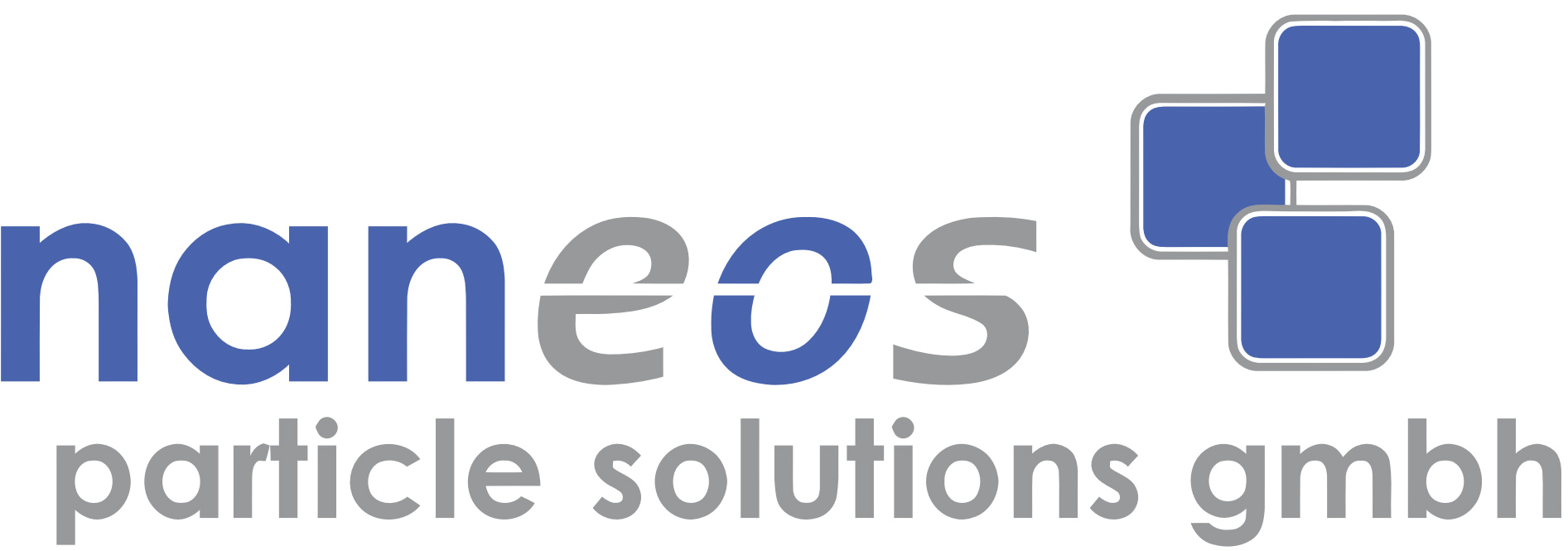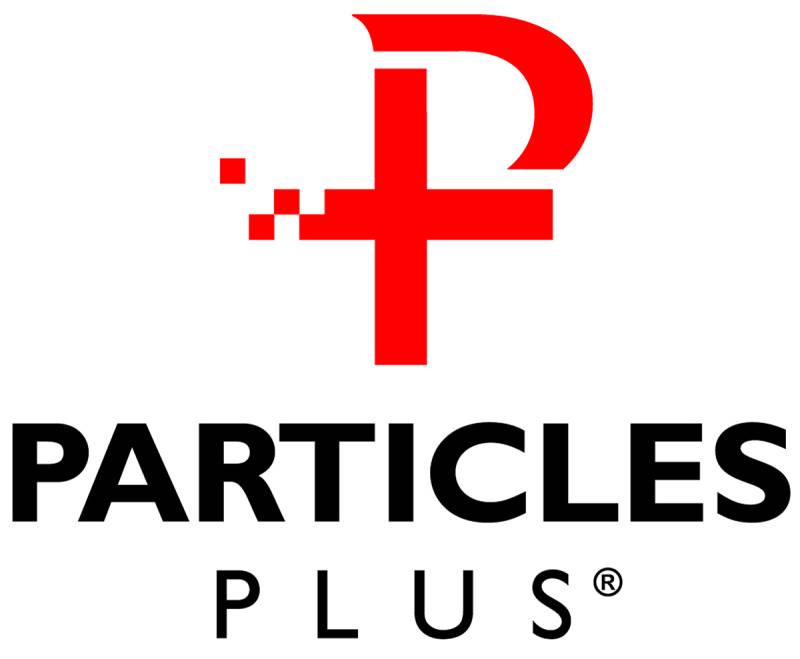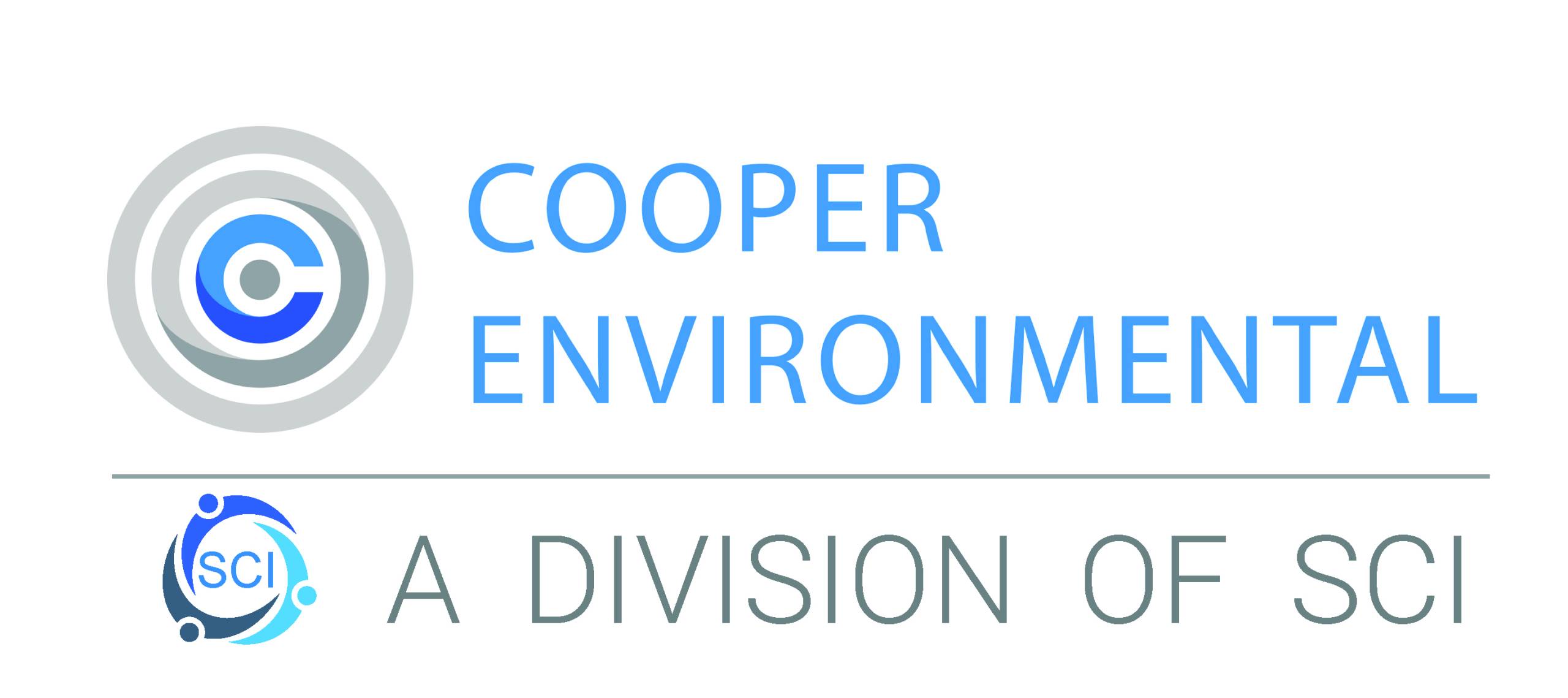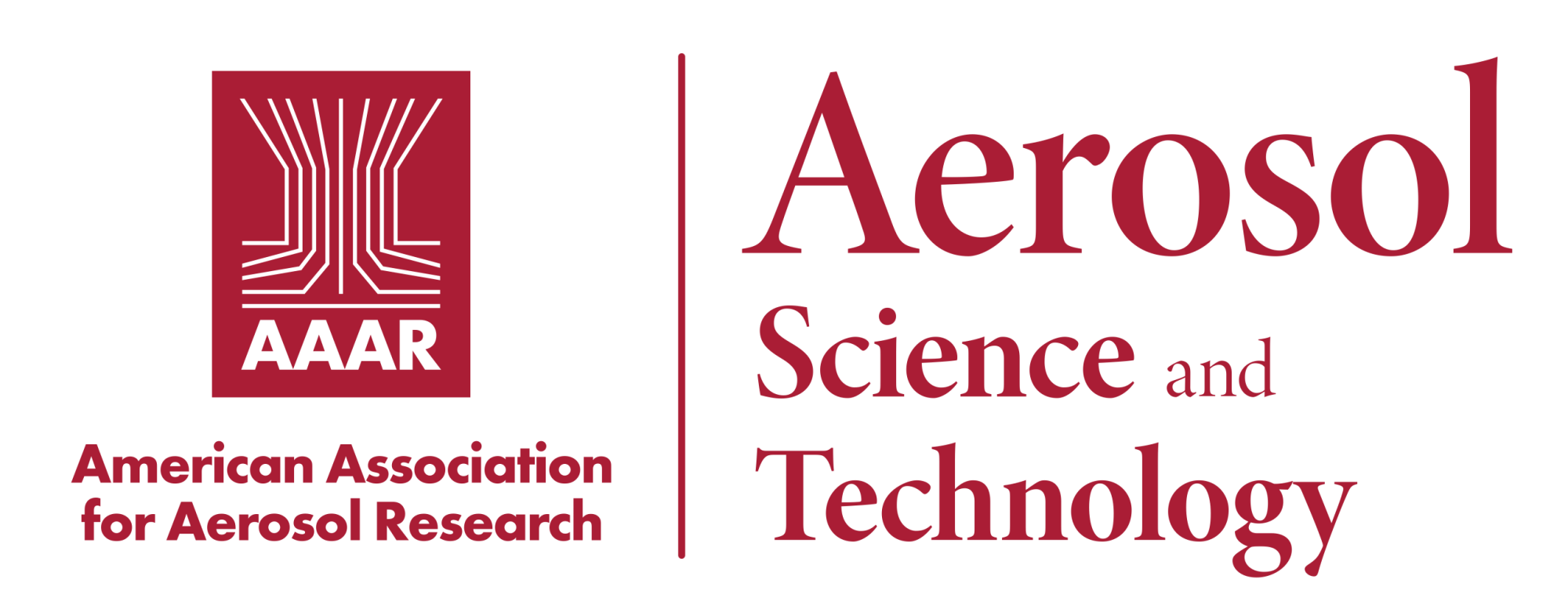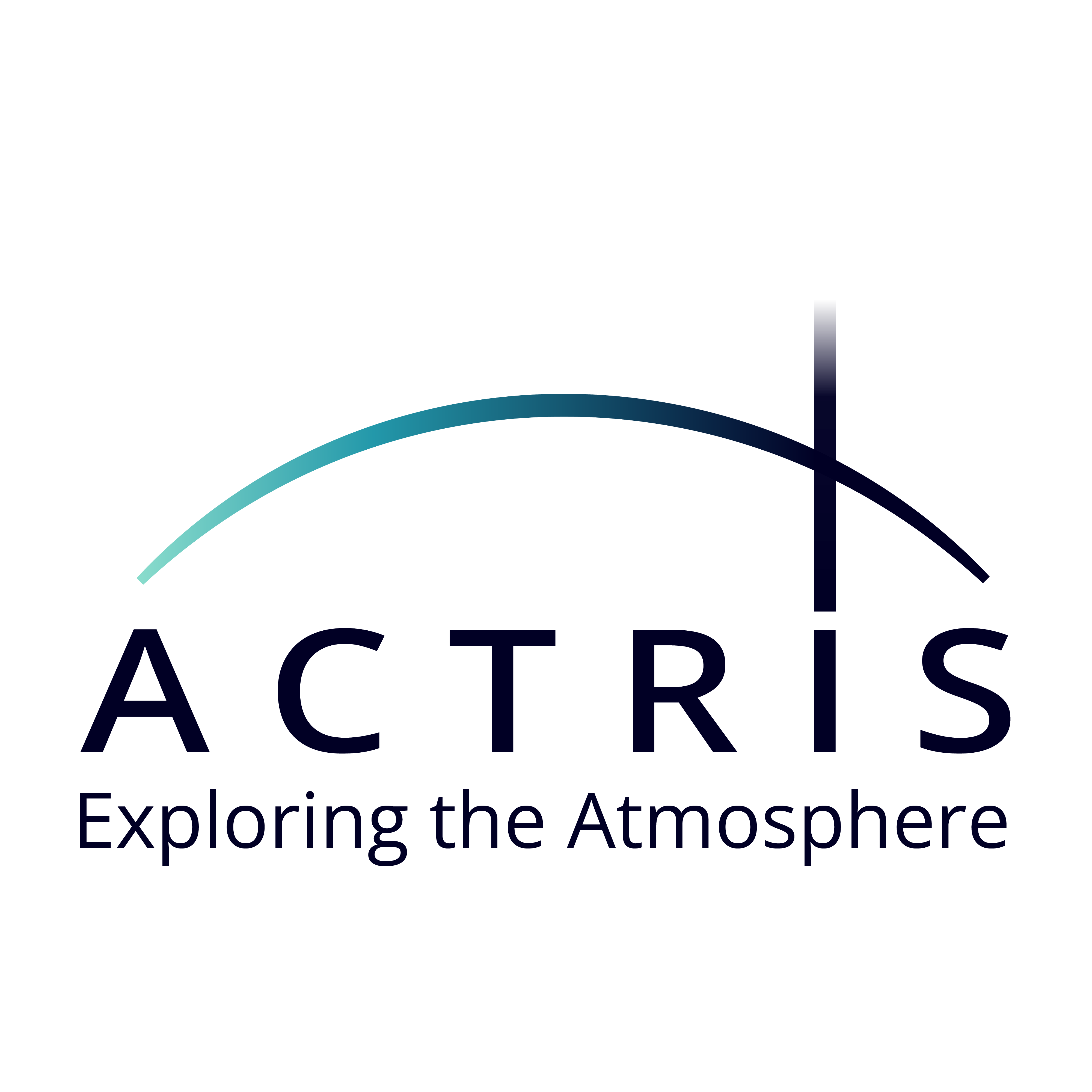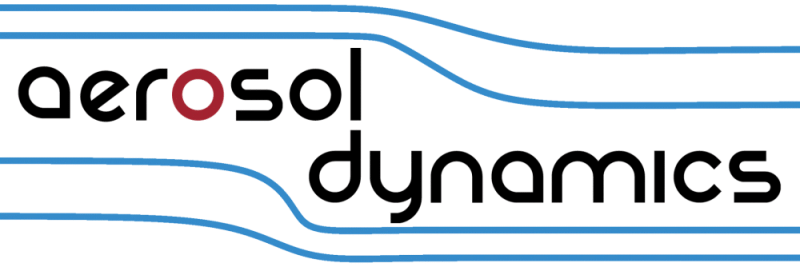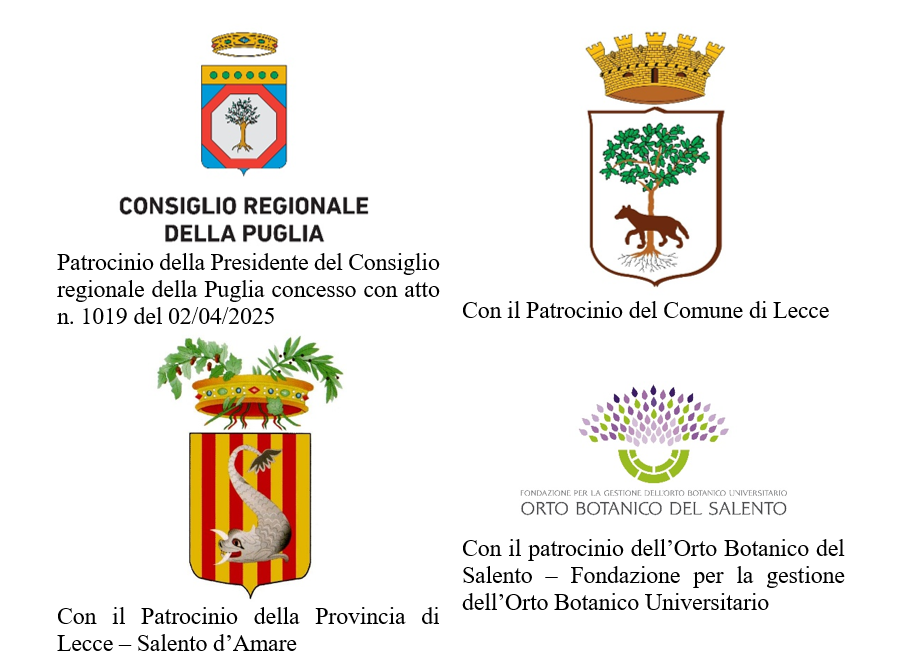Plenary lecture on 01/09/2025
The European Research Infrastructure ecosystem to support environmental science and innovation
Environmental Research Infrastructures (RIs) are at the core of a multi-disciplinary research strategy aimed at developing a seamless holistic understanding of the Earth as a system. Environmental RIs provide the foundation for advancing scientific knowledge on environmental processes while developing new scientific and technological capabilities that can underpin broader and applied services.
Lecturer: Dr. Gelsomina Pappalardo (CNR-IMAA, Potenza, Italy)
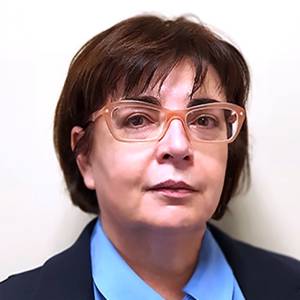 Director of the Institute of Methodologies for Environmental Analysis of the National Research Council of Italy. She founded in 2006 the CNR-IMAA Atmospheric Observatory (CIAO). Her scientific expertise is in the field of atmospheric studies with lidar techniques. ESFRI (European Strategy Forum on Research Infrastructures) vice Chair. She is the Italian representative of the HEU Programme Committee for Research Infrastructures.
Director of the Institute of Methodologies for Environmental Analysis of the National Research Council of Italy. She founded in 2006 the CNR-IMAA Atmospheric Observatory (CIAO). Her scientific expertise is in the field of atmospheric studies with lidar techniques. ESFRI (European Strategy Forum on Research Infrastructures) vice Chair. She is the Italian representative of the HEU Programme Committee for Research Infrastructures.
Plenary lecture on 02/09/2025
Dust in the Wind: Entrained Mineral Dust, Life, and the Universe
Mineral dust dominates aerosol mass loadings in the atmosphere of Earth and is important for radiative forcing and climate change, human and machine visibility, fertilization of ecosystems, and transport of microorganisms. Some of this importance extends to Moon, Mars, and beyond. Yet, we know very little about optical and other properties of mineral dust, its entrainment, transport, and deposition, and its role in earth and other systems. I will summarize some of this knowledge and, more importantly, discuss future research needs.
Lecturer: Dr. Hans Moosmüller (Desert Research Institute (DRI), Reno, USA)
 Dr. Hans Moosmüller is a Research Professor at the Desert Research Institute (DRI) and a Nevada System of Higher Education (NSHE) Regents’ Researcher. He serves as Senior Director of the DRI Wildland Fire Science Center (WFSC), as Director of the DRI Carter Family Optics and Acoustics Laboratory, and as Editor of Aerosol Science and Technology, the official journal of the American Society for Aerosol Research (AAAR). He has published more than 155 peer-reviewed publications on a wide range of topics (Google Scholar h-index = 60, i10-index = 131, citations = 13,620); awards include (1) Fellow of the American Association for Aerosol Research (2022) “honoring significant contributions by individuals to the discipline of aerosol science and technology, and service to AAAR”; (2) Eminent Scholar Mentoring Program (2022), University of Maryland, Baltimore County; (3) Benjamin Y. H. Liu Award (2013) of the American Association for Aerosol Research (AAAR) “recognizing outstanding contributions to aerosol instrumentation and experimental techniques that have significantly advanced the science and technology of aerosols”; (4) Nevada Regents’ Researcher Award (2013) “given annually to one Nevada System of Higher Education (NSHE) faculty member with a distinguished record in research”; and (5) Ansari Medal for Excellence in Science (2012) “recognizing one DRI faculty member annually for outstanding contributions to science and entrepreneurship”.
Dr. Hans Moosmüller is a Research Professor at the Desert Research Institute (DRI) and a Nevada System of Higher Education (NSHE) Regents’ Researcher. He serves as Senior Director of the DRI Wildland Fire Science Center (WFSC), as Director of the DRI Carter Family Optics and Acoustics Laboratory, and as Editor of Aerosol Science and Technology, the official journal of the American Society for Aerosol Research (AAAR). He has published more than 155 peer-reviewed publications on a wide range of topics (Google Scholar h-index = 60, i10-index = 131, citations = 13,620); awards include (1) Fellow of the American Association for Aerosol Research (2022) “honoring significant contributions by individuals to the discipline of aerosol science and technology, and service to AAAR”; (2) Eminent Scholar Mentoring Program (2022), University of Maryland, Baltimore County; (3) Benjamin Y. H. Liu Award (2013) of the American Association for Aerosol Research (AAAR) “recognizing outstanding contributions to aerosol instrumentation and experimental techniques that have significantly advanced the science and technology of aerosols”; (4) Nevada Regents’ Researcher Award (2013) “given annually to one Nevada System of Higher Education (NSHE) faculty member with a distinguished record in research”; and (5) Ansari Medal for Excellence in Science (2012) “recognizing one DRI faculty member annually for outstanding contributions to science and entrepreneurship”.
Plenary lecture on 03/09/2025
New aerosol particle formation and growth process in cities with consequences on air quality, human health and climate
In recent years, significant advancement has been made in understanding the process of new particle formation and subsequent growth (NPF&G) through chamber experiments, field studies and mathematical modelling. Key precursors and vapours contributing to NPF&G have been identified, chemical mechanisms have been developed and validated, and the influence of environmental conditions has been demonstrated for a regional spatial scale. However, urban environments present unique challenges due to their complex atmospheric composition, sharp concentration gradients, rapid chemical reactions and intense air mixing. Consequently, the urban NPF&G process remains poorly known, despite its critical implications on urban air quality, human health and climate, which belong to grand challenges for humanity.
Lecturer: Prof. Imre Salma (Eötvös Loránd University, Budapest, Hungary)
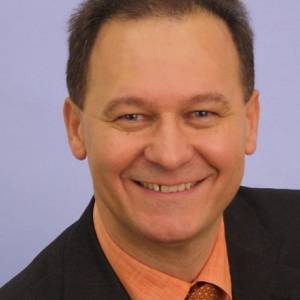 Imre Salma earned his university diploma from the Czech Technical University in Prague, followed by a PhD from the Eötvös Loránd University in Budapest, and a DSc from the Hungarian Academy of Sciences (HAS). He conducted postdoctoral research with Willy Maenhaut at the Ghent University, and was visiting researcher with Markku Kulmala at the University of Helsinki. He is full professor at the Eötvös Loránd University, where he also heads the Budapest platform for Aerosol Research and Training (BpART) Laboratory, and is a program leader of the Hevesy György PhD School of Chemistry. He serves on the editorial board of Atmospheric Chemistry and Physics, and is president of the Hungarian Aerosol Society. His research mainly focuses on all aspects of urban-type aerosol, exploring its environmental, climatic and health impacts as well, with emphasis on new aerosol particle formation and growth phenomenon. His work has been recognized with the Academy Award (HAS) and Széchenyi Prize, Hungary’s highest state honour for academic achievements. More information: www.salma.elte.hu.
Imre Salma earned his university diploma from the Czech Technical University in Prague, followed by a PhD from the Eötvös Loránd University in Budapest, and a DSc from the Hungarian Academy of Sciences (HAS). He conducted postdoctoral research with Willy Maenhaut at the Ghent University, and was visiting researcher with Markku Kulmala at the University of Helsinki. He is full professor at the Eötvös Loránd University, where he also heads the Budapest platform for Aerosol Research and Training (BpART) Laboratory, and is a program leader of the Hevesy György PhD School of Chemistry. He serves on the editorial board of Atmospheric Chemistry and Physics, and is president of the Hungarian Aerosol Society. His research mainly focuses on all aspects of urban-type aerosol, exploring its environmental, climatic and health impacts as well, with emphasis on new aerosol particle formation and growth phenomenon. His work has been recognized with the Academy Award (HAS) and Széchenyi Prize, Hungary’s highest state honour for academic achievements. More information: www.salma.elte.hu.
Plenary lecture on 04/09/2025
Black carbon, ultrafine particles and health impact- Evidence and research gaps
Fine particles (PM2.5) has garnered significant attention due to its severe health impacts, with the WHO estimating the global disease burden attributable to this pollutant. However, other co-pollutants, like Black Carbon and the ultrafine fraction of particles could also pose a threat to our health. This talk will cover the latest evidence and research gap on these emerging pollutants.
Lecturer: Prof. Ebba Malmqvist, Lund University, Sweden
 Ebba Malmqvist is an Ass. Professor in Environmental Medicine the head of the research group Planetary Health at Lund University. She is also the co-chair of the ISEE Policy committee and an air pollution expert at the Science to Policy NGO Air pollution and Climate secretariate. Her main research area is exposure assessment of air pollution, and epidemiological and health impact assessment studies of urban exposures. The fact that impact can be both local and global, and often unevenly distributed, makes environmental justice central in her work in planetary health. She conducts studies and contribute to capacity-building also in the Global South such as Ethiopia. She received The Royal Academy of Science SIGHT Award 2020 for her environmental health research in low- and middle-income countries. She is passionate about bringing science to policy action and has been involved in the EU revision of its Ambient Air Quality Directive, and the UNECE Convention on Long-range Transboundary Air pollution.
Ebba Malmqvist is an Ass. Professor in Environmental Medicine the head of the research group Planetary Health at Lund University. She is also the co-chair of the ISEE Policy committee and an air pollution expert at the Science to Policy NGO Air pollution and Climate secretariate. Her main research area is exposure assessment of air pollution, and epidemiological and health impact assessment studies of urban exposures. The fact that impact can be both local and global, and often unevenly distributed, makes environmental justice central in her work in planetary health. She conducts studies and contribute to capacity-building also in the Global South such as Ethiopia. She received The Royal Academy of Science SIGHT Award 2020 for her environmental health research in low- and middle-income countries. She is passionate about bringing science to policy action and has been involved in the EU revision of its Ambient Air Quality Directive, and the UNECE Convention on Long-range Transboundary Air pollution.
Plenary lecture on 05/09/2025
Exotic organic peroxy radicals driving organic aerosol nucleation and growth.
Peroxy radicals are central to oxidation of organic compounds. Their fate governs the production of products that can condense to add organic mass to particles, driving growth, or even participate in nucleation. The large majority of these condensible products form from exotic peroxy radicals that with multiple functional groups. We shall describe experiments in the CLOUD chamber at CERN establishing the yields and roles of these radicals and their products under realistic atmospheric conditions. This will inform theoretical discussion of the rate-limiting reactions as well a kinetic modeling framework of the mechanisms as well as the volatility distribution and subsequent microphysics.
Lecturer: Prof. Neil M. Donahue (Carnegie Mellon University, Pittsburgh, USA)
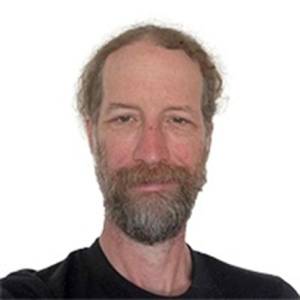 Neil M. Donahue is the Lord University Professor of Chemistry in the Departments of Chemistry, Chemical Engineering and Engineering & Public Policy at Carnegie Mellon University in Pittsburgh, USA. His research focuses on the oxidation mechanisms of organic compounds in the atmosphere and the consequences of that chemistry to questions of global significance including climate and air quality. A major focus is the formation and properties of organic aerosols, including nucleation and growth of particles.
Neil M. Donahue is the Lord University Professor of Chemistry in the Departments of Chemistry, Chemical Engineering and Engineering & Public Policy at Carnegie Mellon University in Pittsburgh, USA. His research focuses on the oxidation mechanisms of organic compounds in the atmosphere and the consequences of that chemistry to questions of global significance including climate and air quality. A major focus is the formation and properties of organic aerosols, including nucleation and growth of particles.



